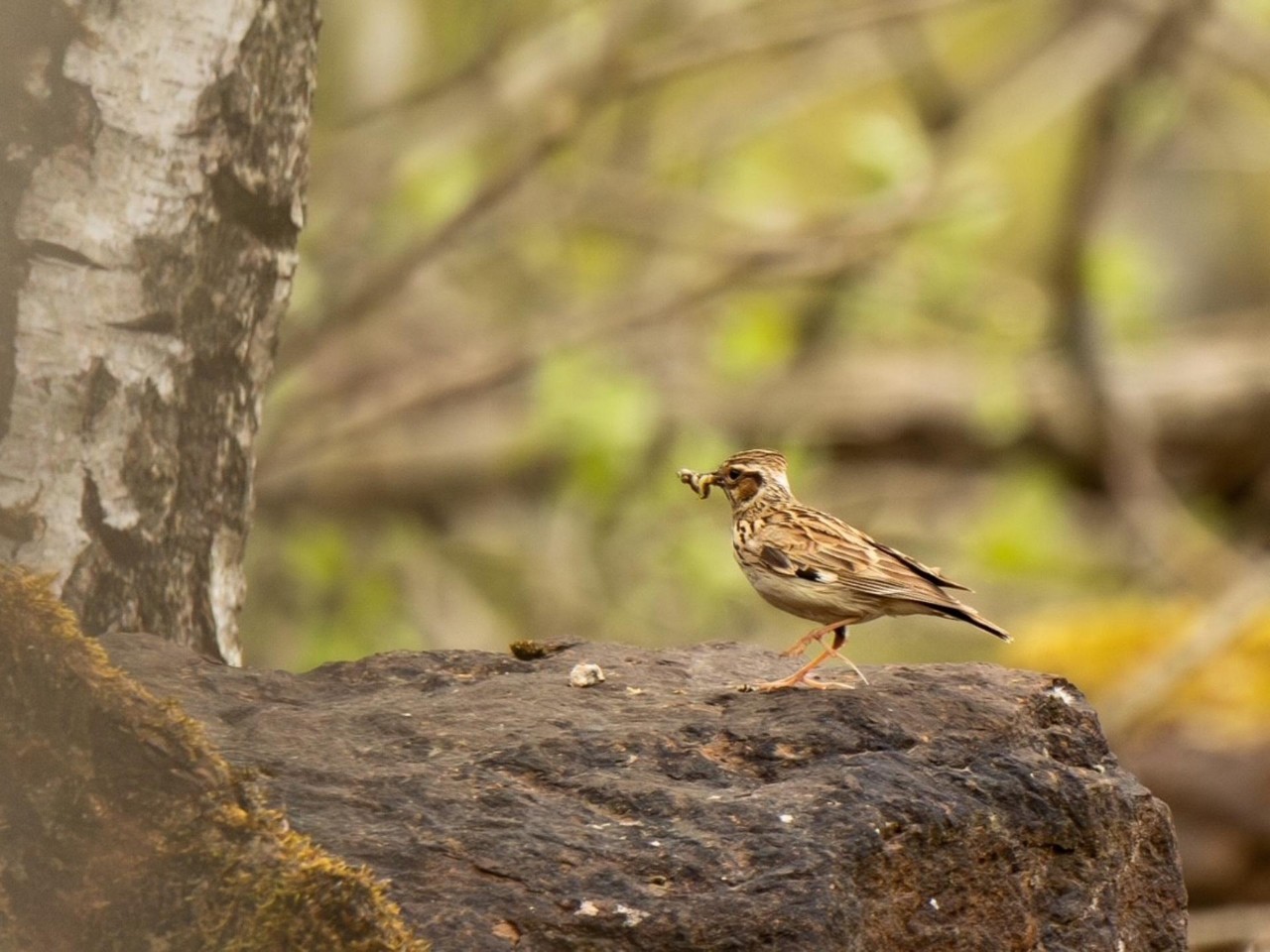Natura 2000: Luxembourg’s contribution to European nature conservation

Luxembourg boasts an impressive variety of unique landscapes and natural areas. To protect these and preserve them for future generations, the Grand Duchy is implementing conservation programmes, such as the Natura 2000 European protection network. With over 29% of its territory under protection, Luxembourg plays a pioneering role in preserving biodiversity while also promoting social participation in the sustainable use of its land.
Natura 2000 in Luxemburg
People and nature are in harmony in the Grand Duchy. With 29% of its land under protection, Luxembourg demonstrates its strong commitment to nature conservation and is moving closer to the European goal set by the EU Biodiversity Strategy, which aims to place one third of Europe’s land area under protection. In Luxembourg, 67 Natura 2000 sites cover a total of approximately 72,000 hectares – making up the majority of the country’s protected areas. 49 of these sites are classified as special conservation areas (Zones spéciales de conservation) and 18 as special protection areas (Zones de protection spéciale) for birds, with some overlapping areas. In addition to the Natura 2000 sites, a further 77 areas have been designated as national nature reserves. These make up around 6% of the country’s land area and are controlled by Grand Ducal regulations. A number of special biotopes are also protected at the national level.
The Natura 2000 programmes not only focus on isolated protection, but also on the preservation of entire ecosystems – both within Luxembourg and beyond its borders. The ecological connectivity between the individual areas, to allow for the natural migration of species, is particularly important. In addition, transnational collaborations – such as the German-Luxembourgish dragonfly monitoring project in the Our Valley or the Belgian-Luxembourgish LIFE ArdennEislek project – create a dense transnational network of conservation stakeholders who are committed to the same goal.
An individual management plan is created for each Natura 2000 site. These plans include measures for conservation and ecological restoration, as well as various other nature conservation projects in which citizen participation and public awareness play a central role. To implement the management plans and projects, steering committees (Comités de pilotage – COPIL) have been established in Luxembourg. Each is responsible for several sites within specific regions. They coordinate local implementation and involve a wide range of stakeholders, taking ecological, economic, social and cultural aspects into account.
Natura 2000 Day
European Natura 2000 Day is celebrated on 21 May of each year to raise awareness of the protected area network and its dedication to environmental and wildlife conservation. In this context, this year’s Natura 2000 Day in Luxembourg was held together with the “Klima- a Biodiversitéitsdag” (climate and biodiversity day) on 18 May 2025 in Grevenmacher. For more information, visit: www.natura2000.lu
Protected species and habitats
The Natura 2000 sites in Luxembourg cover 109 of the approximately 1,200 species and habitats classified as worthy of protection at EU level. Some sites also offer ideal conditions for numerous migratory bird species that rest or hibernate there. The top 5 most species-rich sites in the Grand Duchy are:
- Upper Moselle region (Région de la Moselle supérieure);
- Our Valley from Ouren to Wallendorf-Pont (Vallée de l'Our de Ouren a Wallendorf-Pont);
- Upper Alzette Valley (Vallée supérieure de l'Alzette);
- Haff Réimech;
- Attert Valley from the border to Useldange (Vallée de l'Attert de la frontière à Useldange).
These sites are predominantly composed of forests, freshwater habitats, grasslands, and rocky environments. There are also moors, marshes, heathland and shrubbery. A wide variety of bird species inhabit these areas, including different woodpeckers, owls, the grey heron, the kingfisher and the sedge warbler. Other animals and insects, such as the Bechstein’s bat, the southern damselfly, the marsh fritillary, and even sensitive mollusc species such as the river mussel, have also been recorded in these sites.
To ensure their continued existence, adapted management practices are used, which protect the flora and fauna and contribute to their preservation. Particularly interesting areas include those that were created through previous human activities – such as agriculture or resource extraction – and have developed into valuable biotopes following their renaturation. An impressive example of this is the “Minetter Dagebaugebidder”, where Luxembourg’s industrial past meets newly created natural spaces for both humans and wildlife. The former open-pit mining sites now provide a secure habitat for numerous rare plant and animal species, and the abandoned iron ore tunnels have become underground refuges for many bat species. The area also offers diverse opportunities for tourism and recreational activities – always in harmony with local conservation measures. Such connections between near-natural and cultivated habitats make the Grand Duchy an important part of the European nature conservation network.
The European protected area network
Natura 2000 is the centrepiece of European nature and biodiversity policy and is considered the largest coordinated network of protected areas in the world. In all 27 European Union Member States, designated areas protect particularly valuable and endangered species and habitats – both on land and at sea. The networks are managed at national level and are based on the provisions of the EU Birds Directive and the EU Habitats Directive, which aim to conserve biodiversity within Europe.
The nearly 28,000 Natura 2000 sites cover approximately 18% of the EU’s land area and 9% of its marine areas. They protect over 1,000 species of animals and plants, as well as around 230 habitat types. Unlike traditional nature reserves, the protection in Natura 2000 sites is not primarily tied to the geographical area but to the preservation of specific species or habitats. The focus is not on imposing specific prohibitions or excluding human activities, but rather on integrating sectors such as agriculture, tourism and industry into the conservation strategies in a suitable way. The programme’s focus is on inclusive, enlightened and sustainable use that positively influences the conservation and preservation of habitats and species. Biodiversity and human activity are not seen as opposites here, but rather go hand in hand.
Last update


